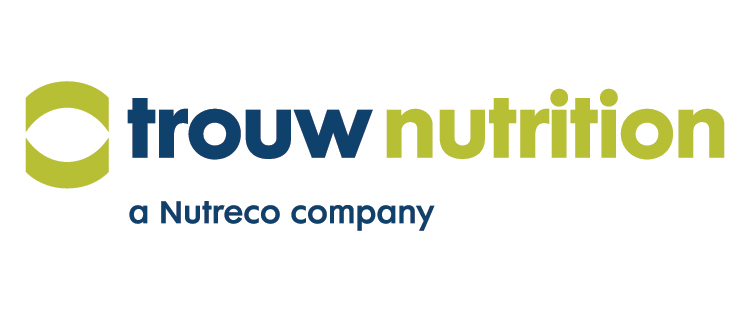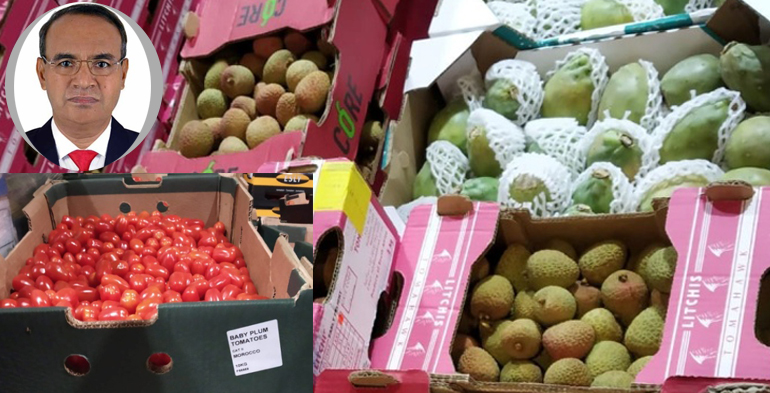
Dr. Jagot Chand Malaker: Bangladesh enjoys a rich diversity of horticultural crops covering huge groups of fruits and vegetables. This is possible because of the enormous biodiversity, agro-climatic variations, fertile soil, a large cultivable area and a long history of crop husbandry. Fruits and vegetables have a high-water amount ranging from 70-95%. They dry quickly under any normal atmospheric condition. These causes loss of rigidity and shrinkage of the cells cause wilting and shriveling. Appropriate packaging ensures prolonged the shelf life of fruit and vegetables by preventing moisture loss and thereby wilting.
Horticultural products are very easily affected by climatic conditions, distribution hazards and microbial decay due to highly perishable in nature. In order to develop a Suitable package for horticultural produce, it is important to understand the biology of the produce. For human nutrition and health, fruit and vegetables play an vital role and always high on the list of consumer priorities. However, short shelf life, leading to quick degeneration and decomposition of the product and undesirable look and negative palatability is the major obstacle of purchasing ready-to-eat fresh-cut fruits and vegetables.
Fruit and vegetables are living products undertaking a ripening and plant tissue is broken down at the end of ageing processes. After harvest of products various biological processes continue i.e. respiration and ethylene production etc. It is essential to minimize damage to fresh produce in order to obtain optimal shelf-life. The main problem of spoilage in fruit and vegetables caused by the microorganism such as molds, yeasts and bacteria. These organisms can cause destruction and deteriorate the quality of fruit and vegetables.
Bangladesh’s Position in the world ranking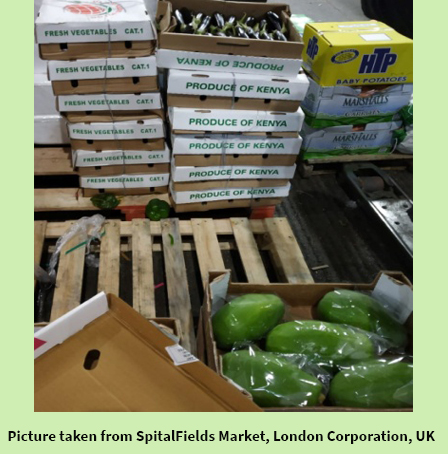
3rd in Rice Production ,1st in Jute Export, 3rd in Vegetable Production, 3rd in Onion Production, 4th in Tea Production, 8th in Potato Production, 7th in Mango Production, 8th in Guava Production,28th in Fruit Production,1st in Crop Variety
Therefore, careful handling and packaging are very necessary in the preservation of fruit and vegetables for their freshness and quality. Proper packaging is essential for increasing the shelf life of fruits and vegetables. Package is an object. A physical form that is intended to contain, protect/preserve; aid in safe, efficient transport and distribution; and lastly act to inform and motivate a purchase decision on the part of a consumer. Simple examples of package: boxes on the grocer's shelf and wrapper on a candy bar. Packaging is the act of making or producing a package.
Packaging a coordinated system of preparing goods for a) Transport, b) Distribution, c) Storage, d) Retailing and e) Use.
Packaging machines, e.g. Fillers, counters, cappers, labelers, wrapping equipment, cartoners, case loaders and sealers. The meaning of packaging is using something that can cover, protect, deliver, and display the finished goods and services. Packaging is a crucial part of all food processing operations and it is integral to the operation itself. An ideal packaging consists of six elements i.e.
1. Uniqueness: unique is material and designs are different from other brand’s packaging.
2. Coherence: coherence is related to the communication of a brand.
3. Distinctiveness: a brand easy to recognize called as distinctiveness.
4. Relevance: Relevance is whether the product accomplishes the customer needs, the product package signals the attraction of the brand.
5. Protectiveness: Protectiveness is that the packaging has to ensure products are safely wrapped before sale.
6. Market appeal: company brand image and boost their sales can be improved by package design.
Horticultural products are very easily affected by climatic conditions, distribution hazards and microbial decay due to highly perishable in nature. In order to develop a Suitable package for horticultural produce, it is important to understand the biology of the produce. This Creates a special problem with the storage and packaging of fresh produce. While developing a packaging system, following product characteristics have to be Considered.
Respiration: As earlier discussed, fresh produce respires even after harvesting. During respiration process, oxygen is used and CO2 is released.
Moisture: Fruits and vegetables have very amount of water content, i.e. 70 to 95%. Under environmental conditions, rapid drying of the produc t causing wilting, shriveling and loss of rigidity due to loss of moisture. 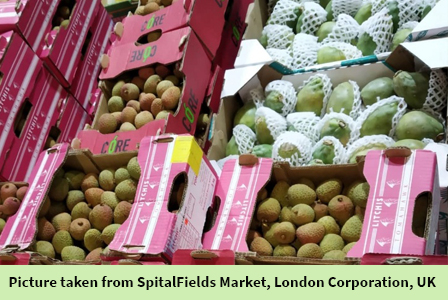 Flexible packaging is defined as any package or any part of a package whose shape can be readily changed. For the production of flexible packaging uses non rigid structure that i.e. plastics and other flexible materials in form of row material. Flexible packages are used for consumer, institutional products and in industrial applications, to protect, market and distribute a vast array of products. They acquire less space as compared to a rigid type of packaging materials.
Flexible packaging is defined as any package or any part of a package whose shape can be readily changed. For the production of flexible packaging uses non rigid structure that i.e. plastics and other flexible materials in form of row material. Flexible packages are used for consumer, institutional products and in industrial applications, to protect, market and distribute a vast array of products. They acquire less space as compared to a rigid type of packaging materials.
• Lower weight, resulting in savings of up to 40% in transport and distribution costs.
• Lower production costs using less energy.
• Tough, unbreakable and easy to seal.
• Very good barrier properties.
• Precisely moulded into a wider range of shapes than glass or metal containers.
Rigid containers during shipping, containers must protect the contents from physical damage during transport and distribution which may be rough and unsympathetic to quality maintenance. They are commonly fabricated from wood, plastic, metal or card- board and come in the form of crates, barrels, drums and sacks for ultimate transport in shipping containers.
Active packaging: Active packaging is an emerging and exciting area of food technology that is developing owing to advances in packaging technology, material science, biotechnology and new consumer demands. Active packaging actively adds antimicrobial, ant oxidative or other quality improving agents, e.g. flavour enhancing substances, via packaging materials into the packed food in small amounts during storage.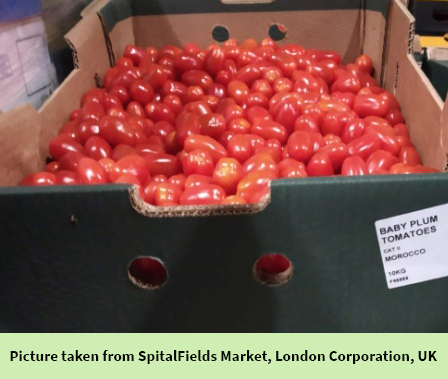 Edible films and coatings are biopolymer-based materials that have long been used for maintaining quality and prolonging shelf life of fresh produce. Many fruits such as citrus, cucumbers, and tomatoes are commonly coated before marketing. Edible films and coatings provide a number of functions for fruits and vegetables, such as preventing or reducing moisture loss and controlling gas exchange. Loss of moisture is one of the main problems during storage of fruits and vegetables, primarily resulting in weight loss, wilting and shriveling. Furthermore, edible coatings can be used as carriers for active substances, such as antimicrobials, antioxidants and browning agents, colorants and flavours for improving quality and safety. Coatings can be applied to the product surfaces by dipping, spraying, or brushing. Edible films can be produced separately by wet or dry process.
Edible films and coatings are biopolymer-based materials that have long been used for maintaining quality and prolonging shelf life of fresh produce. Many fruits such as citrus, cucumbers, and tomatoes are commonly coated before marketing. Edible films and coatings provide a number of functions for fruits and vegetables, such as preventing or reducing moisture loss and controlling gas exchange. Loss of moisture is one of the main problems during storage of fruits and vegetables, primarily resulting in weight loss, wilting and shriveling. Furthermore, edible coatings can be used as carriers for active substances, such as antimicrobials, antioxidants and browning agents, colorants and flavours for improving quality and safety. Coatings can be applied to the product surfaces by dipping, spraying, or brushing. Edible films can be produced separately by wet or dry process.
Biodegradable packaging: Biodegradation is the process by which carbon-containing chemical compounds are decomposed in the presence of enzymes secreted by living organisms.
Exportable items to UK& EU countries
Fresh vegetables, fruits and frozen items (Ready made bread/rooti, different types of cakes, somocha, singara, green mango, jute leaves, processed food items (puffed rice, chips, candy, mango bar, fruit juice and spices.
Conclusion:
Establish more packaging houses to ensure proper packaging for riskless export of agro products to UK and Europe without damage. Here private sector should come forward. Africa is exporting agro product in UK marker. If Africa can export to UK market hope we can exports our agro products with maintaining proper packaging systems if we have a proper international standard certification systems (Laboratory), cool chain maintain at all level. Now many Agro products including fresh fruits and vegetables, frozen food items, spices, aromatic rice, dry foods, stuff, flowers, seeds, live trees, etc are exporting.
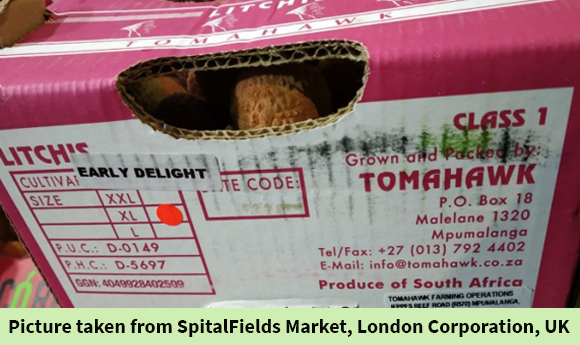 During the production period of vegetables and fruits due to low market price and lack of well communicated transport facilities and cool storage facilities, huge amounts fresh vegetables are damaged. So attention should be given to save fresh vegetables fruits for exports with proper packaging and value addition. So process and packaging industry should be developed and also create the export opportunity of different fresh vegetables, fruits and frozen items (Ready made bread/ rooti, different types of cakes, somocha, singara, green mango, jute leaves, processed food items (puffed rice, chips, candy, mango bar, fruit juice, spices from Bangladesh and Netherland can re-export these items to different countries of EU and UK.
During the production period of vegetables and fruits due to low market price and lack of well communicated transport facilities and cool storage facilities, huge amounts fresh vegetables are damaged. So attention should be given to save fresh vegetables fruits for exports with proper packaging and value addition. So process and packaging industry should be developed and also create the export opportunity of different fresh vegetables, fruits and frozen items (Ready made bread/ rooti, different types of cakes, somocha, singara, green mango, jute leaves, processed food items (puffed rice, chips, candy, mango bar, fruit juice, spices from Bangladesh and Netherland can re-export these items to different countries of EU and UK. 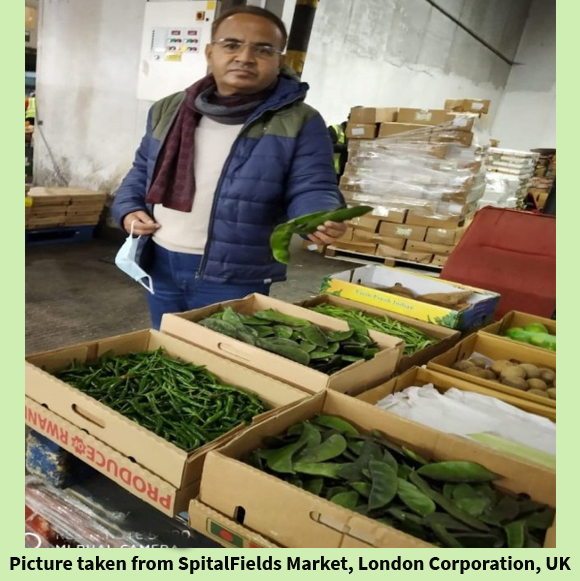 Loss of moisture is one of the main problems during storage and time of exports of fruits and vegetables, primarily resulting in weight loss, wilting and shriveling. Furthermore, edible coatings can be used as carriers for active substances, such as antimicrobials, antioxidants and browning agents, colorants and flavours for improving quality and safety. Proper packagings can safe fruits and vegetables during exports.
Loss of moisture is one of the main problems during storage and time of exports of fruits and vegetables, primarily resulting in weight loss, wilting and shriveling. Furthermore, edible coatings can be used as carriers for active substances, such as antimicrobials, antioxidants and browning agents, colorants and flavours for improving quality and safety. Proper packagings can safe fruits and vegetables during exports.
Writer: Dr. Jagot Chand Malaker
Project Director
Up gradation of Existing Plant Quarantine Laboratory at Central Packing House to International Standard Project. Department of Agricultural Extension, Farmgate, Dhaka 1215, Bangladesh.









